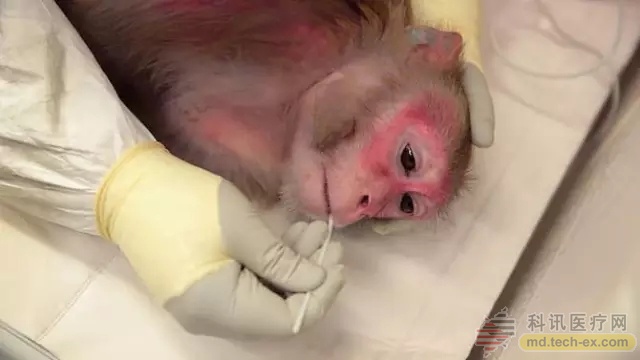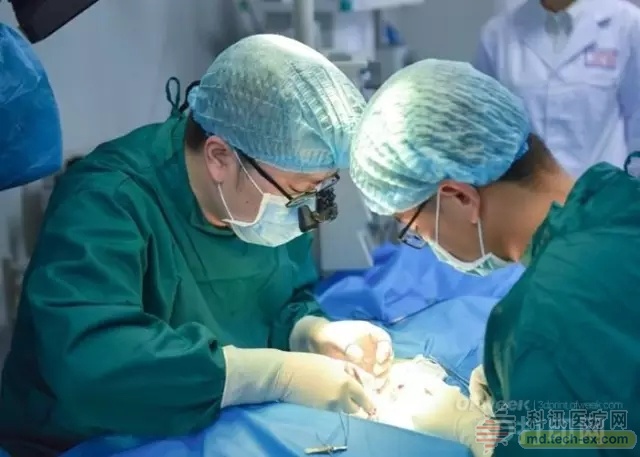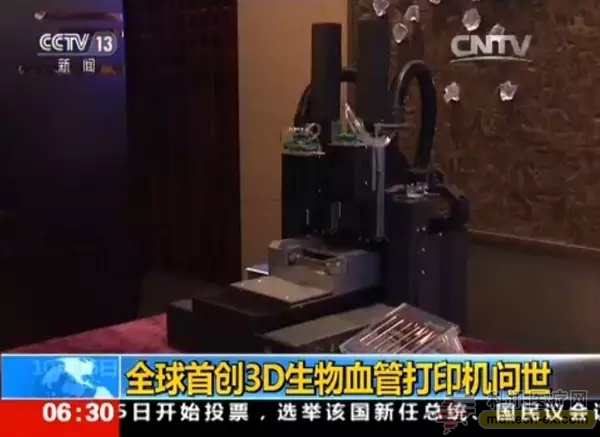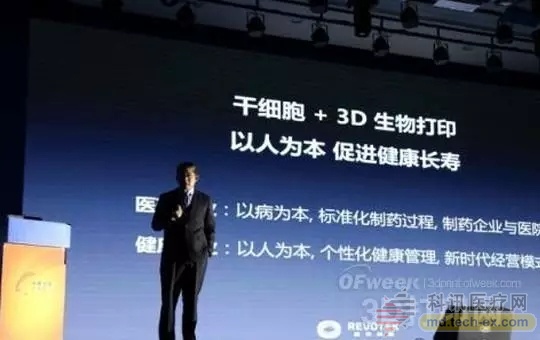Release date: 2016-12-21  Recently, Chinese scientists have successfully implanted 3D printed blood vessels into rhesus monkeys to achieve vascular regeneration and solve the problem of endothelialization of artificial blood vessels that have plagued clinical for half a century. Kang Yujian, the chief scientist of China's first batch of “Thousand Talents†experts and Sichuan Blu-ray Inno Biotech Co., Ltd. (hereinafter referred to as “Blu-ray Innoâ€), said that this achievement is the first in the world and is a milestone in the clinical application of stem cell technology. 3D bio-printing blood vessels solve problems such as clogging and coagulation in the past According to reports, Kang Yujian said, "In the past, artificial blood vessels were not biological materials and could not produce endothelial cells. After entering the organism, they were prone to clogging and coagulation. The biological blood vessels printed in this experiment can produce vascular endothelial cells. To ensure smooth blood flow." In addition, traditional artificial blood vessels need to be replaced after about 10 years. New technology solves this problem and prints blood vessels for life. In addition, patients with traditional artificial blood vessels need to use anticoagulants for life, and the printing of blood vessels shortens this time to 5 days after surgery, after which no medical treatment is needed. 3D printed biological blood vessels   Vascular endothelial cells are usually referred to as a single layer of squamous epithelium lining the inner surface of the heart, blood vessels and lymphatic vessels, which form the inner wall of the blood vessel. They have tissues that devour foreign bodies, bacteria, necrosis and aging, and are also involved in collective immune function. Kang Yujian said that in this experiment, the team first used adipose-derived mesenchymal stem cells derived from rhesus monkeys for cultivation, and then used the original "bio-brick" technology to convert adipose stem cells into biological "ink" - stem cells can Differentiate into any kind of cell in the body. Scientist is undergoing surgery   Then, the artificial blood vessel is constructed by 3D biological vascular printer, and finally implanted into the experimental animal body to utilize the autoregeneration ability of the animal to form a complete vascular function. According to reports, specifically, his team took about 5 grams of fat from the rhesus monkey body, extracted the adipose mesenchymal stem cells to make the "ink" required for 3D bioprinting, and then printed the blood vessels with special equipment. And replace the abdominal aorta in the monkey about 2 cm. Kang Yujian said that one month after surgery, the printed blood vessels have merged with the rhesus monkey's own abdominal aorta. It is reported that since May 2016, 3D bioprinting vascular animal experiments have been officially started. As of December 1, 2016, Blu-ray Yingnuo has been implanted in 30 rhesus monkeys in vivo, and the survival rate of experimental animals is 100%. . Four core technologies with stem cells as the core It is reported that the 3D bio-printing technology promotes the research and development of artificial blood vessel endothelialization, which was jointly undertaken by Blu-ray Inno and the Rehabilitation Medical Research Center of West China Hospital of Sichuan University and Sichuan Bio-Industrial Manufacturing Industry Technology Research Institute, and was selected as the national “863â€. "plan. Kang Yu began to work on stem cell research in the United States in the 1990s. He said, "3D bioprinting using stem cells as the core, including 3D bio-cloud computing platform, bio-brick, 3D bio-device and 3D printing post-processing system. Technology System." CCTV reported the world's first 3D bioprinter on October 26, 2015 In October last year, Blu-ray Inno successfully developed the world's first 3D biovascular printer. This original 3D biovascular printer features a 3D bioprinting space rotating platform, dual-nozzle printing technology for precise and collaborative work, a visual interactive printing operating system, printheads and environmental control systems. Based on the above-mentioned original equipment, the printing "ink" used in this experiment - bio-brick technology is the core of the success of the experiment. Kang Yujian said that bio-brick is a basic unit with a core-shell structure, a biodegradable material as a protective layer, seed cells and active regulatory substances. “In experiments, bio-bricks are used to replicate various micro-environments during embryonic development, so that stem cells can be accurately controlled in vitro. Bio-bricks are the basic component of printing 'ink', which maintains stem cell dryness and differentiation. Or dedifferentiation and resistance to mechanical damage, to ensure cell integrity and biological activity during printing." The most mature 3D bio-printing technology It is reported that this technology will be used for the treatment of cardiovascular diseases. Studies have shown that the incidence of cardiovascular disease is the highest in the world. There are about 156 million people in the world and about 19 million people in China have artificial blood vessel transplants. The Blu-ray development announcement said that in the next step, the company's 3D bioprinting blood vessels will apply to the relevant regulatory agencies for clinical trials. Donald Thomason, executive director of the Molecular Resource Center at the University of Tennessee, said in a presentation on Blu-ray Inno: "Although 3D printing of biomaterials is being developed around the world, this project The result...is the most mature I have ever seen.†Professor Thomasson expects that through clinical trials, technology is expected to be used on a large scale within five to ten years. Helen Meese, head of healthcare at the Institution of Mechanical Engineers in London, said Blu-ray Inno's research "is an exciting achievement for the global biotechnology community." She also said: "Most of the research to date is a small-scale test conducted in the laboratory. The next major challenge is to expand the scale, and their research is a big step in this direction." 3D printed blood vessels are cheaper and are being applied to other human organs "It will be cheaper than it is now, and it is the stem cells of your body. There is no rejection." For the cost, Kang Yujian revealed that it is lower than the current artificial blood vessels. Thomasson believes that the project offers the possibility of using 3D bioprinting technology in a wider range of medical fields. Kang Yujian said that he is currently trying to print similar luminal materials: bile duct, ureter, fallopian tube, esophagus, and human organs such as liver and heart are also under development. "With this technology, it will also promote the regeneration of damaged organs and appear in human organs. The problem will be repaired when the problem occurs." However, Mies also said that the results are yet to be released and the experimental steps should be repeated in other laboratories. She estimates that it will take at least 20 years to transplant more complex 3D printed organs, such as the heart or kidneys, into human patients. December 11th conference site Referring to the future application of this technology, Kang Yujian said that the successful implementation of angiogenesis with bio-brick technology will be the basis for the construction of all artificial bioactive organs. In the future, we will play a breakthrough role in embryology research, cell disease model, cell therapy, induced tissue regeneration, induction of angiogenesis and drug prediction, damage repair, regenerative medicine, replacement of diseased tissues and organs. He said that the animal experiment will continue until May next year, and the subsequent phase will complete the standardization of the 3D bioprinting vascular graft procedure. Source: Observer Network Fire Alarm By Room,Smoke Alarm By Room,Room Smoke Alarm,Room Smoke Alarms Guangdong Isafenest Co.,Ltd. , https://www.isfenest.com



